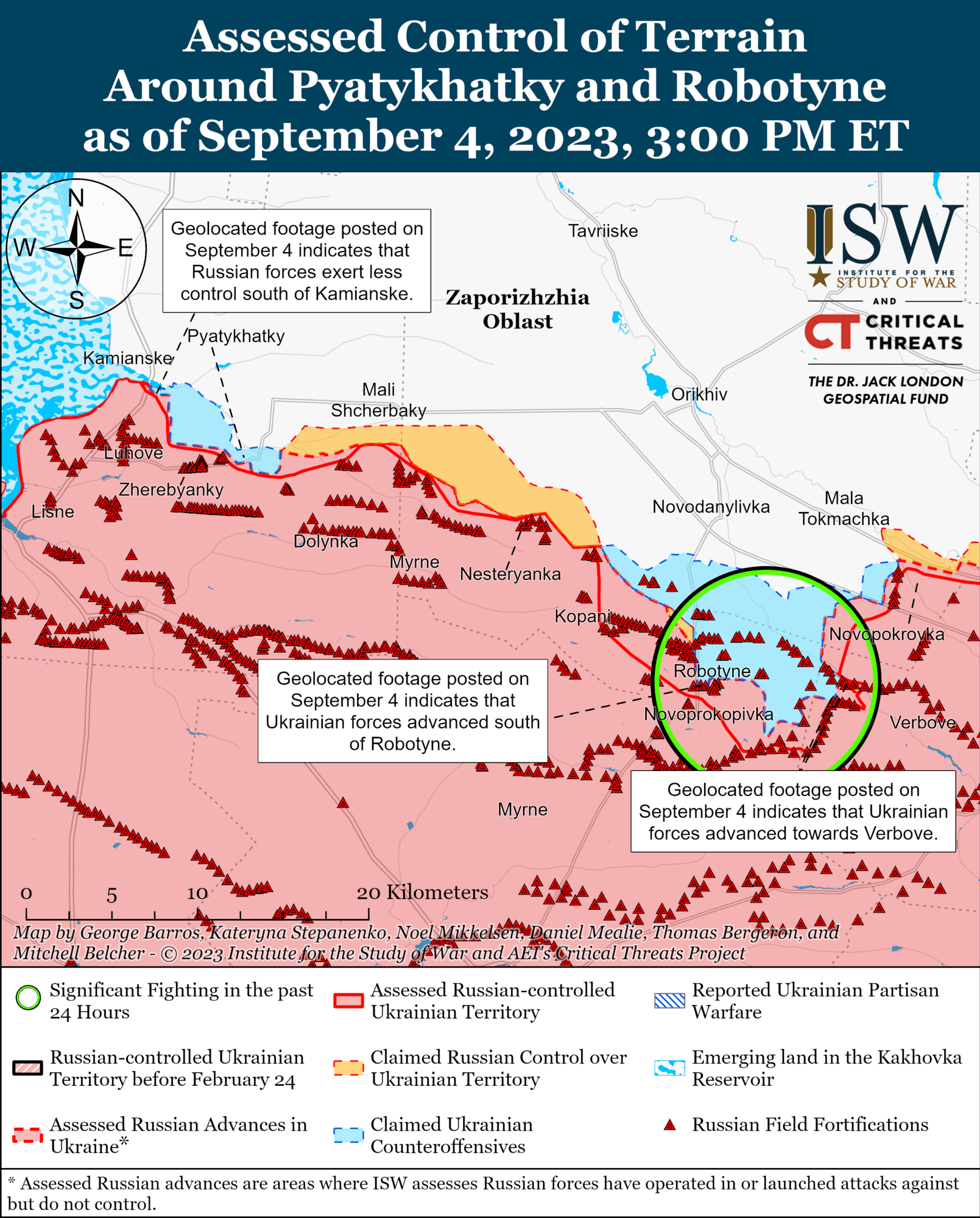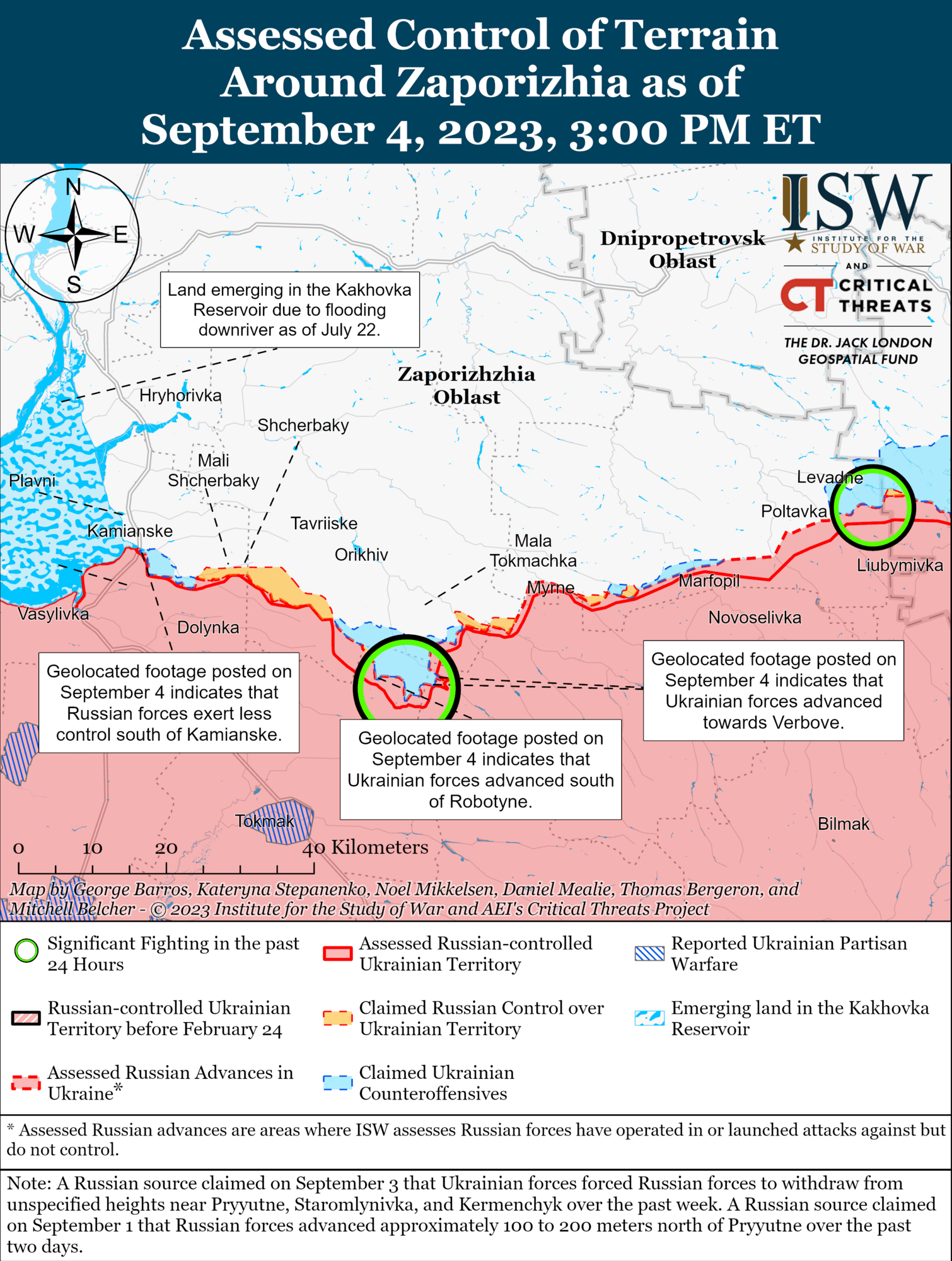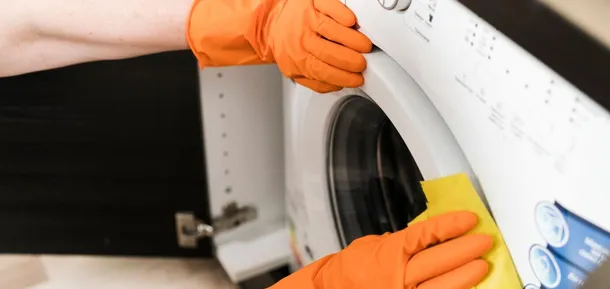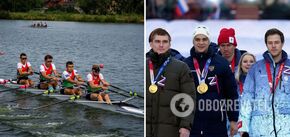War in Ukraine
ISW assessed the AFU's advance on Zaporizhzhya and pointed out an important "nuance": problems for Putin's troops are growing. Map
Light infantry of the Ukrainian Defense Forces have advanced to positions behind the anti-tank ditches and "dragon's teeth" that make up the current defensive line of the occupants in the western part of the Zaporizhzhya region. And although there is no talk of breaking through this enemy defense line yet, as no heavy equipment of the AFU is observed there, it is obvious that they intend to hold their positions.
The occupiers tried to expand their minefields in the south after the Ukrainian counteroffensive began in June, but they failed to do so. And now the limitations of Russian artillery capabilities and the Ukrainians' advantage in counter-battery fire are forcing the Russians to deviate from their own doctrine, according to a summary by the Institute for the Study of War (ISW).
AFU Advance on Zaporizhzhya
According to analysts, during the offensive operation, Ukrainian troops advanced to the invaders' positions located in the tree line, which are east of the anti-tank ditches and "dragon's teeth" barriers that are part of the Russian Armed Forces' three-level defense line immediately west of Verbove.
Ukrainian light infantry also advanced further toward a number of prepared Russian defensive positions along the road leading northwest to Verbove.
In addition, the AFU moved closer to Russian defensive positions between Robotyne and Novoprokopivka.
Experts noted that Ukrainian forces are widening the gap they have already made in one Russian defensive echelon and are moving more equipment and personnel to the tactical rear of that link.
"They appear to be making gains in the immediate vicinity of the yet-to-be-broken Russian defensive line that runs northwest of Verbove and north of Solodka Balka, while conducting infantry attacks and heavy artillery fire on enemy positions deep into and south of this layer. The deployment of Ukrainian heavy equipment and larger forces in these areas, which has not yet been observed, would indicate both a breakthrough in this Russian defensive layer and an attempt to expand the advance," ISW pointed out.
Putin's troops are in increasing trouble
According to experts from the Royal United Services Institute for Defense Studies, the limitations of Russian artillery capabilities and Ukraine's advantages in counter-battery fire are forcing the Russian occupation forces to deviate from their own fire doctrine. Although the invaders had been trying to adapt it even before the Ukrainian counteroffensive operations began.
RUSI noted that Russian forces are trying to prioritize precision strike over volume because they lack the ammunition to sustain doctrinally designated artillery fire. They also have difficulty transporting large amounts of ammunition to forward areas and are seeing the effectiveness of mass strikes diminish as counter-battery radars are lost and their rifles suffer barrel wear.
Experts say Russian forces are trying to increase production of laser-guided Krasnopol projectiles and the use of Lancet drones to improve accuracy and reduce the amount of ammunition used in attacks.
Also, the occupiers often prepare their fighting positions for remote destruction with improvised explosives instead of launching artillery strikes against them after withdrawal, as required by Russian doctrine.
After assessing these changes, ISW suggested that the reduction in Russian artillery capabilities could further weaken the Russian army's defenses on certain parts of the front. Since artillery fire is a critical component of Russia's elastic defense. The occupiers' shift to a more precise fire doctrine may allow them to strengthen these capabilities, but limitations in the aggressor nation's training capabilities will likely prevent the enemy from realizing this shift on a large scale in the near future. After all, since the beginning of the AFU counteroffensive, Russian sources have consistently stated that dictator Vladimir Putin's troops lack sufficient counter-battery capabilities on various sections of the front.
Against this backdrop, Colonel Margo Grosberg, commander of the Estonian Defense Forces Intelligence Center, stated that Ukrainian artillery capabilities are "equal to or even better" than those of Russian troops, and that the AFU was able to push enemy artillery units away from the front line, preventing them from supporting the enemy's main forces.
As reported by OBOZREVATEL, military and political expert of the group "Information Resistance" Oleksandr Kovalenko also pointed out the nuance with the breakthrough of the AFU "Surovikin line" and advance on Zaporizhzhya. He emphasized that the Ukrainian armed forces are not advancing with a broad front, but are breaking through the occupants' lines in separate areas.
Only verified information from us in Telegram-channel Obozrevatel and Viber. Do not fall for fakes!





























